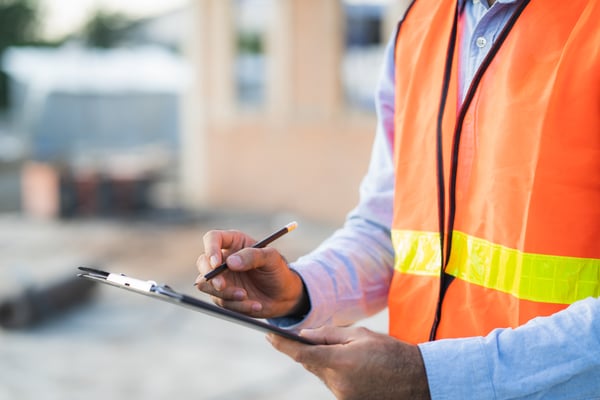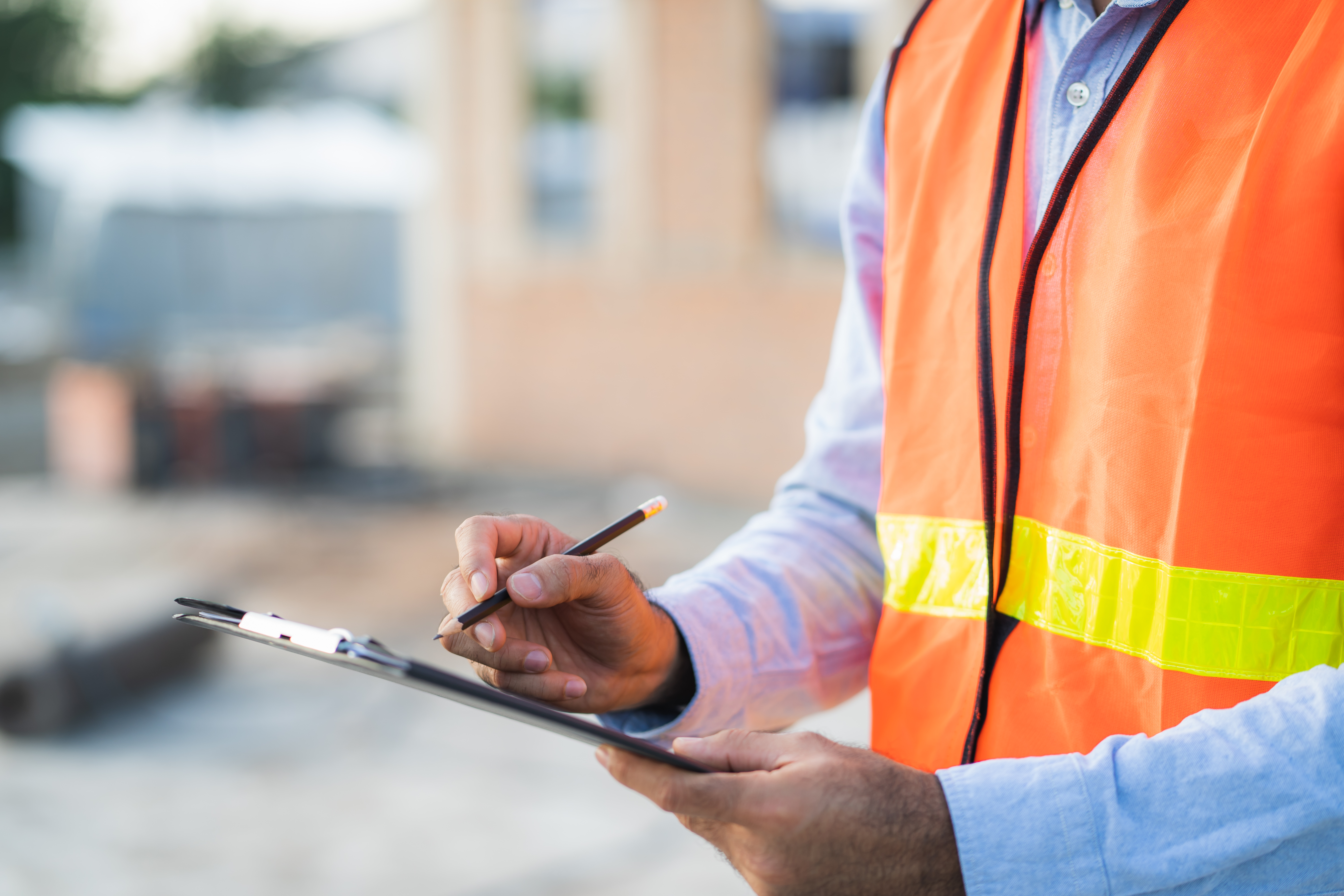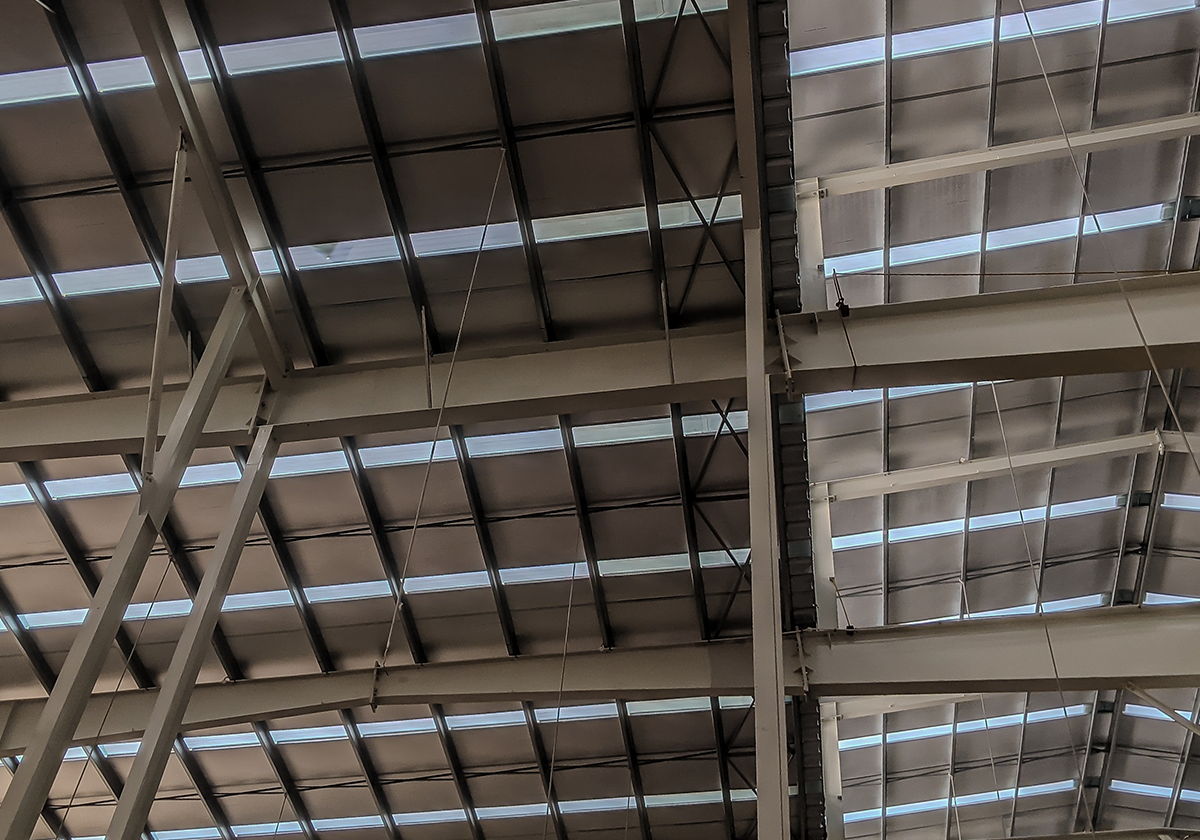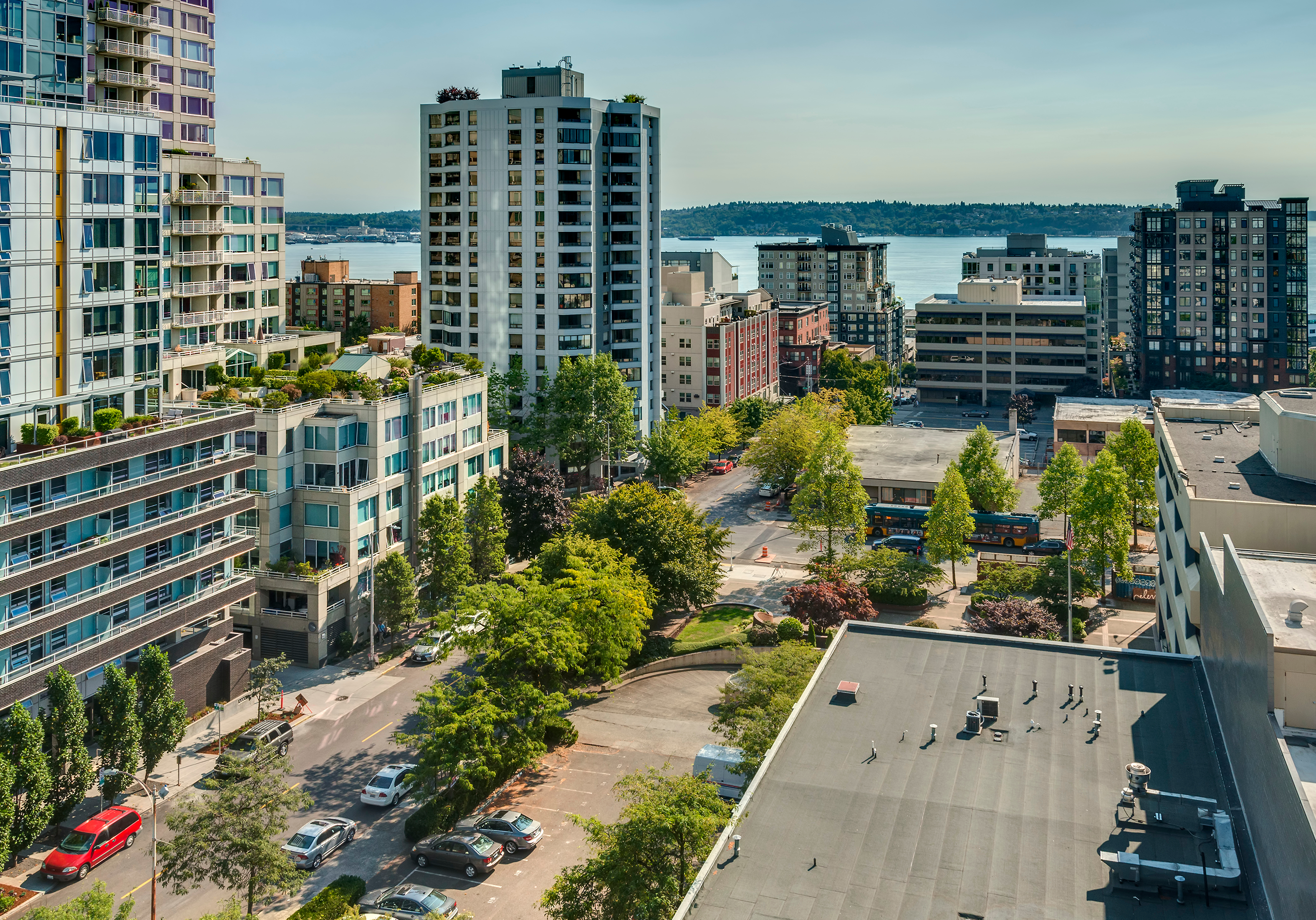Back in the day, companies covering commercial or personal property insurance were responsible for sending their own inspectors to the site of each new policy. It was a time-consuming, costly, and inefficient process that left much to be desired. Things are changing.
An industry shortfall
Let’s be honest: inspecting can be a very expensive endeavor. The cost of travel and keeping a full-time inspector on the payroll can become overwhelming. And as companies reduce their expense ratios and tighten up their budgets, loss control inspection services are being cut.
Though some of the bigger insurance companies maintain full-time inspectors on their teams, often they will only run loss control on larger and more complex accounts. If your annual premium is, let’s say, over $25,000 or $50,000, the insurance company will send a representative to inspect your properties. But for accounts that have premiums less than that? They are often overlooked or given a cursory review with whatever information can be sourced online.
 In-house loss control inspectors are an expensive luxury
In-house loss control inspectors are an expensive luxury
that many companies do not have.
Related:
How Do I Request a Commercial Property Inspection?
Companies simply don’t have enough boots on the ground to inspect all the properties in their books of business. Independent Loss Control can be expensive, difficult to schedule and often unwilling to provide service to more remote areas. These dwindling loss control services greatly increase the risk of loss to all types of properties.
Lack of inspections creates a growing danger
Loss control inspections can help identify safety issues, slip and fall hazards, potential fire exposures and building code violations. Inspections limit the chance of loss due to fire, water, liability or other common perils. When inspections fail to happen, it creates a dangerous situation in which otherwise preventable losses can occur. Complying with safety measures is imperative to avoid injury, property damage and loss of business income.
In January 2022, a fire in the Bronx led to the death of 17 people. At the time of the fire, the residential building was out of compliance with several fire safety mandates. Not only was the fire alarm system faulty, causing frequent false alarms, but the building’s doors were out of compliance with the city’s self-closing door law, a measure designed to contain fire and smoke. Had the apartment been in compliance, there is a chance that more people would have survived.
At the end of the day, inspection and compliance makes the customer better and increases public welfare and safety. Routine loss control inspections help ensure a complete understanding of each location’s ability to respond if something bad happens.
 Having reliable and affordable inspectors is important not only for the customer
Having reliable and affordable inspectors is important not only for the customer
but for the general public - they're a crucial part of creating safe communities.
Related:
Loss Costs: A Quick Reference Guide
Loss control done right
Given an affordable, accessible solution, businesses would take advantage of inspection services. After all, it helps their bottom line, taking heat off underwriters and allowing them to accurately price their policies. But with few quality options that won’t break the bank, what are they to do?
At WSRB, our inspection service can provide initial, general loss control inspections of your commercial properties designed to collect core underwriting data items:
- Photos of each property
- Review of the electrical box
- Review of common hazard controls such as a hood and vent for restaurants or dust collection system for a woodworker
- Review of fire protection systems
- Review of restaurant cooking equipment and practices
- General information, such as age of building, square footage, and general occupancy
All you need to do is order an inspection on the WSRB website. Even if you don’t have a subscription with WSRB, you can pay to utilize this at an affordable price.
[1] The City, https://www.thecity.nyc/bronx/2022/1/9/22875688/deadly-bronx-blaze-fdny-scrutiny-open-door










